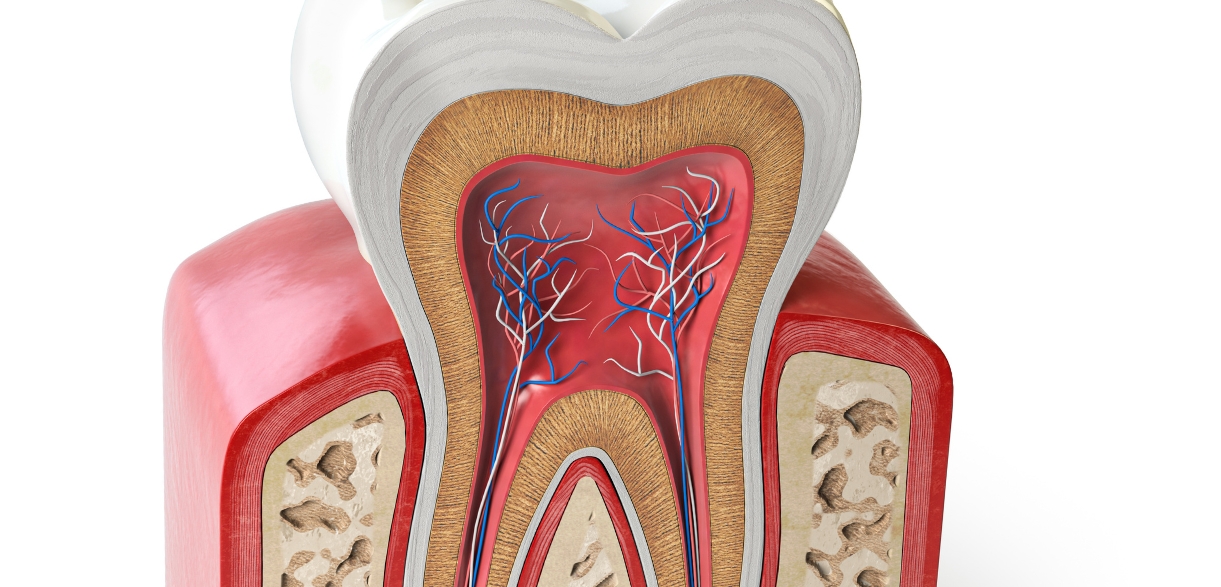$99 New Patient Special - Includes Exam, X-Ray and Basic Cleaning
The Role of Root Canal Therapy in the Prevention of Tooth Loss

You wake up with a throbbing toothache that refuses to subside. Perhaps it began as a dull ache, but now, even drinking coffee sends a jolt of pain through your jaw. It’s no longer an option to ignore it. Does this mean losing a tooth? Not necessarily. Root Canal Therapy Prevents Tooth Loss, preserving your natural teeth from serious infections that would otherwise require extraction. But how does it work? Let’s dive in.
How Is Root Canal Treatment Preventing Loss of the Tooth?
Your tooth is made of a sophisticated interior structure. Well down inside is a soft structure known as pulp, which consists of nerves and blood vessels. When bacteria contaminate this space—normally due to severe decay, fracture, or heavy dental work—the infection can disperse. Root canal treatment saves the day by eliminating the infection, closing up the tooth, and preserving the tooth. Here’s how the procedure ensures you maintain your natural smile:
- Halts the infection – Destroys bacteria before they do more harm.
- Saves the tooth structure – Extracts the infected pulp without damaging the outer tooth.
- Avoids shifting teeth – When you lose a tooth, it can shift neighboring teeth, causing them to misalign.
- Removes pain – Prevents the intense nerve pain from infection.
- Avoids more intrusive treatments – Preserves the tooth rather than needing an implant or bridge.
Signs You May Need a Root Canal
Not all toothaches require root canals, but if you experience any of these, it’s time to visit a dentist:
- Chronic pain persists even after taking painkillers.
- Sensitivity to hot or cold foods that do not subside immediately.
- Swollen or painful gums around a particular tooth.
- A bump on the gum, which is pimple-like, could mean an abscess.
- Dark spot on the tooth, which indicates nerve damage.
What is Done During a Root Canal?
Root canal makes many people think the worst. Modern dentistry, however, has made the treatment easy and comfortable. Here is what you should expect:
- Numbing the tooth – The dentist makes sure that you feel nothing during the process.
- Removing the infected pulp – A small incision is made to remove the infected tissue.
- Cleaning and sealing the tooth – The inner chamber is cleaned and filled with a biocompatible material.
- Restoring the tooth – A crown is usually placed to strengthen and protect the treated tooth.
Why Saving Your Natural Tooth Matters?
Others may ask, “Why not just pull the tooth?” Although extraction may appear to be an easy solution, it has long-term effects. Root Canal Therapy Prevents Tooth Loss, saving you from:
- Trouble chewing and speaking because of missing teeth.
- Bone loss in the jaw, which can change facial appearance.
- Additional stress on neighboring teeth, resulting in further dental problems.
How to Avoid the Need for a Root Canal?
Prevention is the best way. Guard your teeth by:
- Brushing and flossing every day to prevent decay.
- Visiting the dentist for regular checkups and cleanings.
- Wear a mouthguard if you grind your teeth at night.
- Staying away from sugary foods that lead to cavities.
If you’re dealing with a persistent toothache or signs of infection, don’t wait. A simple root canal could be the key to saving your natural tooth. Our dental office in Georgetown provides expert care to keep your smile healthy. Schedule your appointment today and protect your teeth for the long run.







